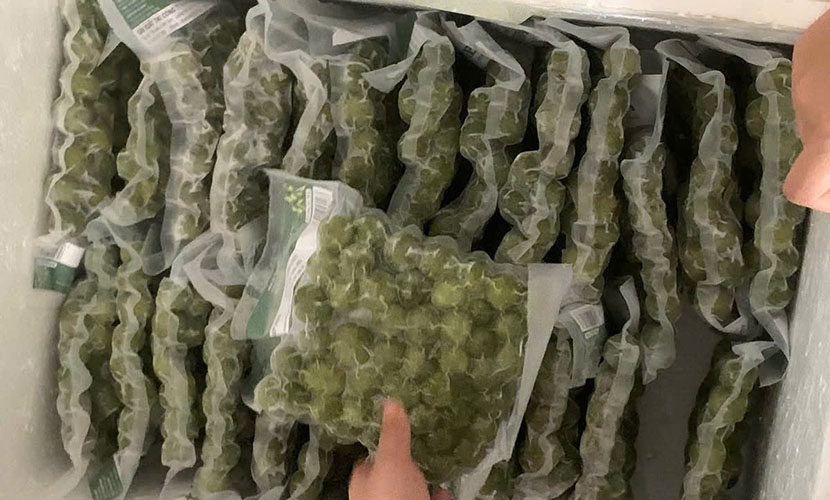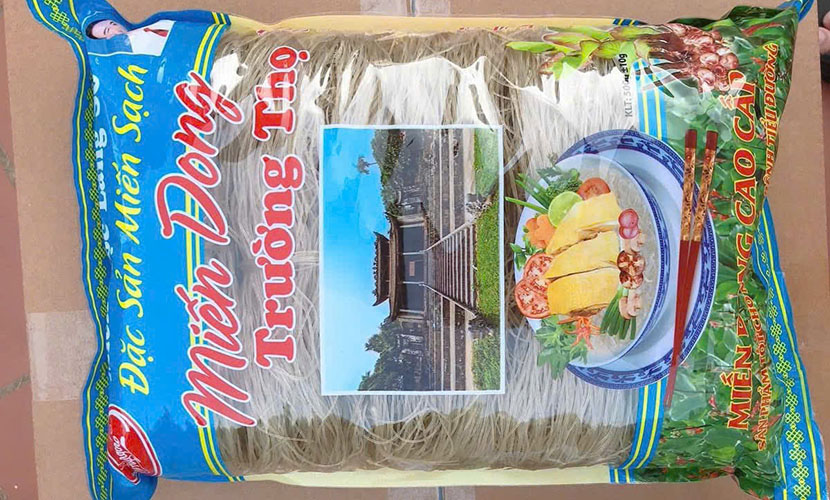
Import markets have required increasingly stringent standards regarding the quality of Vietnamese agricultural commodities. Under these circumstances, the government has issued the Official Telegram on strengthening traceability and ensuring the quality and reputation of Vietnam’s exported agricultural, forestry, and fishery products. This is a decisive directive aimed at maintaining and expanding markets for Vietnamese goods.
In the first eight months of 2025, the export turnover of agricultural, forestry, and fishery products reached $45.37 billion. It was up 12% year-on-year. While coffee and cashew nuts experienced strong growth, key products such as rice and fruit continued to decline.

Vietnamese agricultural commodities
In the remaining months, the tightening of quarantine regulations and food safety controls would significantly affect export turnover. This impact would be most evident in the country’s agricultural, forestry, and fishery sectors. Meanwhile, the implementation of traceability in localities still faces many barriers and challenges for Vietnamese agricultural commodities.
According to Mr. Phuc, Deputy Director of Lam Dong province, by the end of July 2025, the province’s total agricultural export turnover reached $600 million. For its key product, dragon fruit, the province has received 587 planting area codes. They cover 25,981 hectares and 268 packing facility codes. Lam Dong also has the largest durian-growing area in the country. It has year-round harvest period, an advantage for developing the industry.
However, the loose management of planting area and packing facility codes has greatly affected the quality of exported durian. This poses a risk of warnings or suspension of export codes from China.
“Some households and cooperatives still do not fully understand the importance of production logs. This leads to perfunctory or inaccurate recordkeeping that does not reflect actual production. This makes it difficult to trace the origin of residual chemicals on Vietnamese agricultural commodities.

Vietnamese coconut meat
Meanwhile, post-issuance management and supervision of planting areas and packing facilities have not received adequate attention. Monitoring enterprises authorized to use planting area or packing facility codes for exporting durians is also challenging. This is especially true when those enterprises are based outside the province.
Therefore, the Department recommends that the Ministry of Agriculture and Environment issue a circular on managing planting area and packing facility codes. The aim is to ensure transparency in the origin of products and prevent fraud. Examples of fraud include using planting area codes from one province on products from another,” Mr. Phuc added.
In the first six months of the year, An Giang province granted 105 new planting area codes covering 4,738.01 hectares. To date, the province has a total of 1,280 codes for 46,264.13 hectares. They include 712 for export, 127 for domestic use, and 441 for internal management.
During the same period, authorities inspected 229 export planting area codes. Accordingly, they revoked 13 codes covering 141.11 hectares due to violations and misuse, mainly concerning mango and durian.
Under the Official Telegram, the Prime Minister requested that provincial and municipal People’s Committee chairpersons immediately implement measures to prevent and handle violations related to chemical residues.
For the aquaculture chain, strict penalties are to be imposed on facilities producing, importing, or trading prohibited aquatic veterinary drugs or those outside the permitted list. Penalties will also apply to aquaculture farms violating regulations on the use of veterinary drugs, chemicals, or antibiotics.
For the crop and plant chain, localities must strictly handle planting areas and packing facilities using banned or unapproved chemicals. They must also address those failing to comply with importers’ traceability and safety requirements.

Vietnamese glass noodles
In 2025, the Ministry of Agriculture and Environment is required to issue and implement a food safety control process for the entire crop and livestock production chain. The focus will be on monitoring the use of pesticides, antibiotics, and food additives.
Recognizing these as urgent requirements, Mr. Lai, Commercial Counselor at the Vietnam Trade Office in China, noted that Chinese authorities have recently increased on-site inspections of foreign food production facilities exporting to China. They are applying strict sanctions, such as suspension of imports, against enterprises violating food safety regulations.
Vietnam is one of China’s major suppliers of agricultural and fishery products. However, it also ranks among the countries and territories most frequently warned for non-compliance. Therefore, Vietnamese enterprises must ensure end-to-end control, from farming, processing, and preservation to export. This enables traceability at every stage of production.
A representative of the Vietnam Trade Office in the United States also stated that the U.S. has tightened technical requirements for Vietnamese agricultural and fishery products. These requirements focus on quality, sustainable farming, and harvesting. To maintain export turnover to the U.S., Vietnamese businesses must build their brands based on quality and transparent traceability.
They also need to control chemical and pesticide residues and enhance their reputation for responsibility toward human health, biodiversity, and the environment. At the same time, enterprises should strengthen cooperation within Vietnam to form a sustainable ecosystem serving exports.
Vietnamese source: https://nhandan.vn/tang-cuong-quan-ly-chat-luong-nong-san-xuat-khau-post909271.html
